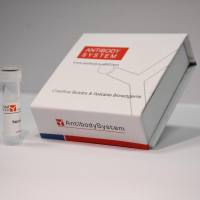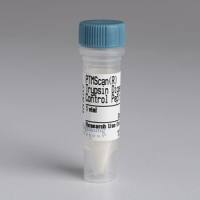Studying Repair of a Single Protein-Bound Nick In Vivo Using the Flp-Nick System
互联网
540
The Flp-nick system is a simple in vivo system developed for studying the cellular responses to a protein-bound nick at a single genomic site in the budding yeast Saccharomyces cerevisiae . The Flp-nick system takes advantage of a mutant Flp recombinase that can introduce a nick at a specific Flp recombinase recognition target (FRT) site, which has been integrated into the yeast genome. Upon cleavage at the FRT site, the Flp mutant becomes covalently linked to the 3′ DNA end at the nick in an irreversible manner, as the mutant fails to accomplish the required religation process. Thus, the established damage mimics a stabilized topoisomerase I-DNA cleavage complex. DNA topoisomerases are ubiquitous enzymes that relieve topological stress in the DNA arising during DNA replication or transcription. During this process, they make transient enzyme-DNA cleavage complexes, which normally are reversed by a rapid ligation step. However, aberrant long-lived enzyme-DNA complexes may occur frequently due to either endogenous or exogenous damage, and the cellular repair machinery therefore needs to be able to eliminate this type of damage. This chapter describes how to establish the Flp-nick system in S. cerevisiae , how to detect FlpH305L at the FRT site using a modified chromatin immunoprecipitation assay where formaldehyde fixation is omitted, and how to monitor nicking at the FRT site by alkaline denaturing gel analysis.









